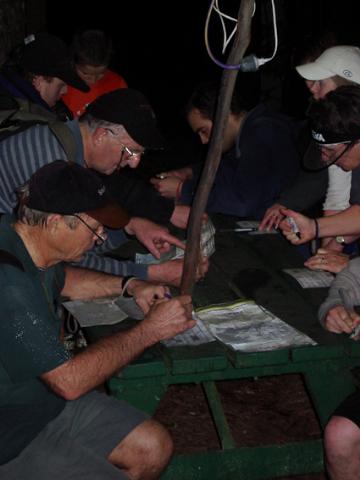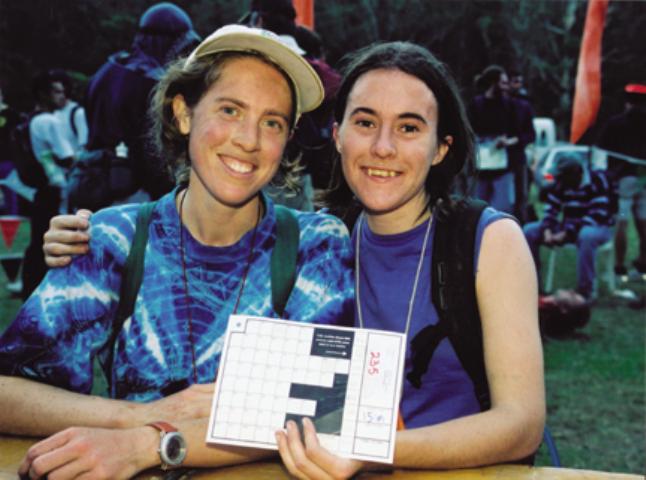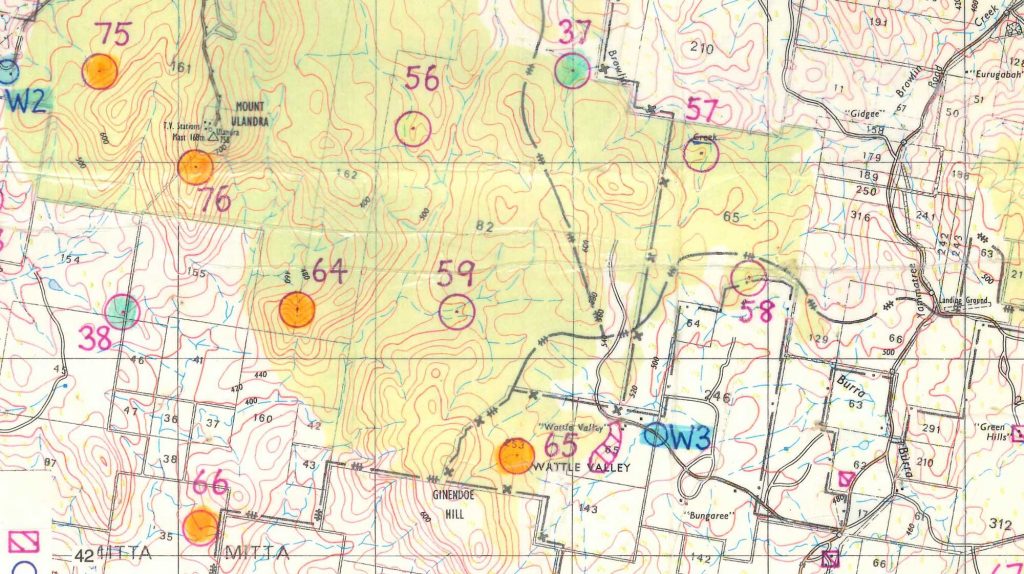This is the first of a series of posts asking the question “What can we do better?”. In order to keep the discussion brief and to the point I will be breaking the discussion up into a number of posts:
- Post-event
- Pre-event
- Course Setting and Mapping
- Catering
- During an event
What can we do better Post Event?
What does an excellent post event experience look like? In my mind it goes like this:
- Tap off at the finish punch;
- Join a very short line with team mates to download Navlight tags;
- Pick up team score sheet and check controls and splits;
- Get some food (to be discussed separately);
- Grab a chair, sit around an open fire and talk about “the one that got away”;
- Periodically wander over to the admin tent to check scores on the big screen;
- Thirty minutes after the event the results presentation starts with accurate results;
- One hour after the event, leave and check the results on the web as my team mates and I are driving home;
- The day after the event, maps, route map, heat maps and team splits are published on the web.
If this is what an excellent post event experience feels like what do we need to change to make this a reality? The answer is “not much”; it’s really just a case of doing a few things differently.

At the present time we rely on our paid admin person to score the event. This is a problem because one person cannot sensibly manage to do all these tasks within 30 minutes of the finish time:
- Read all Navlight tags;
- Print out team sheets;
- Tabulate and display the scores on a screen;
- Keep track of lost teams;
- Make score adjustments for equipment failure or lost tags;
- Have complete and accurate scores ready for presentation after 30 mins;
We can get closer to my version of ideal by making the following changes:
- Once the event has started, and subject to prevailing fire regulations, a couple of volunteers collect firewood and start a fire 30 mins before the event finish;
- All participants are encouraged and reminded to bring their own chair (along with bowl, plate, cup and cutlery);
- Have other people trained in using our event software;
- A volunteer sets up a network of laptops running RogaineScore while the event is on;
- Have multiple laptops running in a network with multiple navlight readers, so teams can either download their navlight tags themselves or hand it to a volunteer to download it for them;
- Last team member to download asks a volunteer for a team control and splits print out;
- Another volunteer is responsible for ensuring that the scores are displayed on a big screen and refreshed every 5 minutes from 30 minutes before the event finishes until 30 minutes after the event finishes;
- 30 minutes after event finish the scores are printed out and the presentation starts (Remember that any team later than 30 mins is disqualified);
- While presentations are on, a volunteer uploads the results to the web site. Sometimes this might involve a drive with a laptop and a cell phone to get reception;
- All rogaining associations collaborate on a standard process of displaying route maps and splits post events and automate the publishing process.
When I reflect on my version of a perfect post event experience I can see no barrier, other than process change and a bit of education, to achieve my version of it today.

2003 Paddy Pallin at Porpran NP
What’s your version of an ideal post event experience and what changes need to be made to make it happen?
P.S. We have come a long way. When I first started rogaining, results were tabulated manually, transcribed on a card and hung in a ladder of results by category. Amazingly, this was a pretty quick and accurate process, but teams were expected to calculate and check their own scores. (If anyone has a photo of the old manual results ladder please send it to webmaster@nswrogaining.org for rogaining posterity.)

I remember using the paper manual punch cards, also remember the Popran Paddy Pallin -lost my map up on the hill! The card used to became a bit mushed when it rained during an event.
I can also remember having more than one person and laptop and readers when Graeme Cooper used to do the admin. So I agree, we need more than one person and laptop doing this, and Yes, education to enable people to be able to help out. Unfortunately, there is the problem of getting volunteers to help. With COVID-19 around, not able to let competitors do their own downloading.
Personally, do people really need to check the website/results before they get home?
I am pretty happy with the organisation of the finish although teams who finish late often miss out in the food. When Waitara Scouts did it there was always plenty. I have thought that the results come out very rapidly but maybe behind the scenes more people need to engage in this. Results on the web are less urgent and they seem to be pretty quick for me. The fire at the finish is always a good idea if the event is in the country.